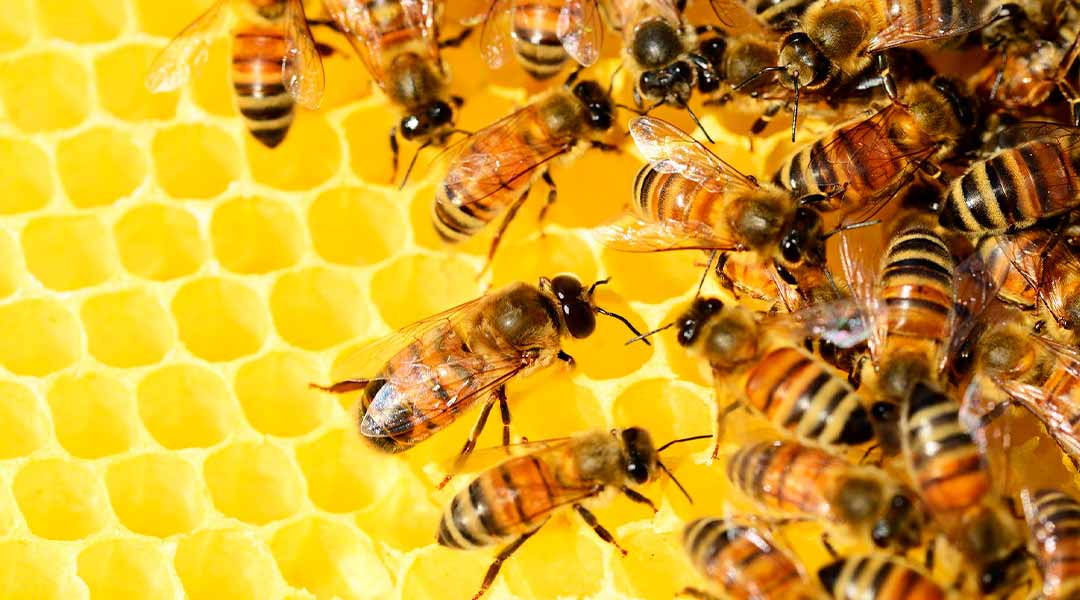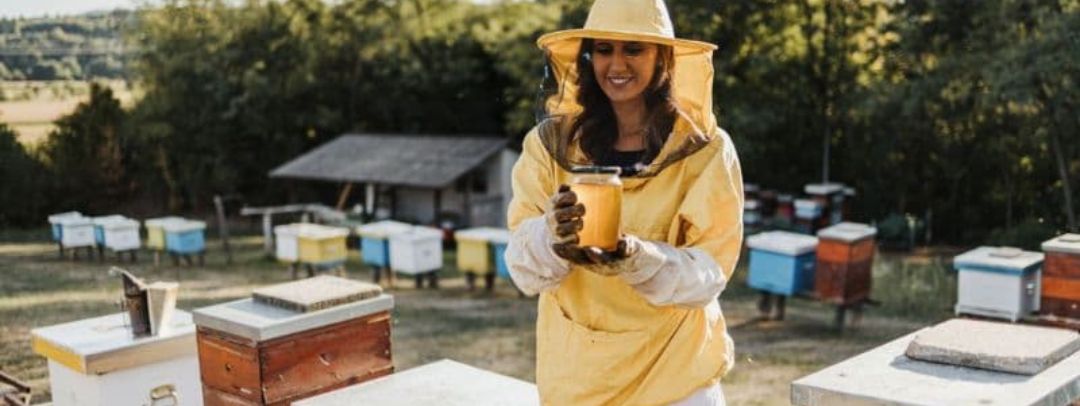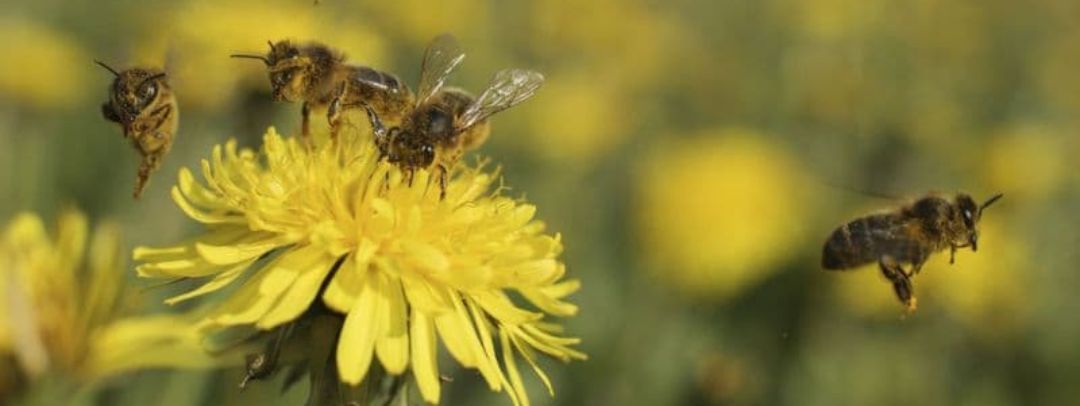Honey is a delicious delicacy made by the bees in their hive. But do you know the difference between a hive and a honeycomb? Do you know why honeycombs are hexagonal?
Many times there is confusion between both concepts, so in this post we will show you the difference between them; as well as some curiosities about the habitat of bees that may catch your attention.
What is a hive?
The first thing we must be clear about is the difference between a honeycomb and a hive.
The hive is the place where the bees live, that is, where the entire colony resides. In it, up to 80,000 bees can live, among which are the queen bee, the workers and the drones. The truth is that each hive has a unique and distinctive smell that identifies its members.

Inside the hive we find different structures formed by cells of wax, which is what is known as honeycombs. Thus, a hive is made up of different structured combs.
Inside the hive we find different structures formed by cells of wax, which is what is known as honeycombs. Thus, a hive is made up of different structured combs.
There is a strict organization inside the hive; in such a way that if there were any alteration in their order, the bees could become disoriented and even change their behavior.
Honeycomb characteristics
Now, what is a honeycomb? A honeycomb is a structure made up of small hexagonal cells. These cells are five centimeters thick, and are capable of supporting up to 25 times their weight.
The honeycomb is a reflection of the incredible organization that exists inside the hive, since despite the high number of bees that can inhabit it, their order is still very strict.
Its function goes far beyond simply protecting the bees inside. The truth is that the honeycomb fulfills multiple functions, since it allows not only to store honey, but also serves as a cradle for the young, and even as a thermal insulator during the coldest months.

Why do hives have hexagonal cells
In this way, these structures are true wonders. Building the cells in a hexagonal shape allows the bees to make the most of the available space within the hive. It is thus an economization of space, where there are no wasted or empty spaces.
On the contrary, if the cells were round or square, the space inside the hive would be wasted much more.
Thus, thanks to these hexagonal structures, bees have always managed throughout history to store honey in the most optimal way and using the fewest possible resources.
Specifically, to make wax, bees use the wax glands that are located in their abdomen.
In this sense, the production of wax is not easy, since large amounts of honey are required to make the cells.
You may also be interested in:



